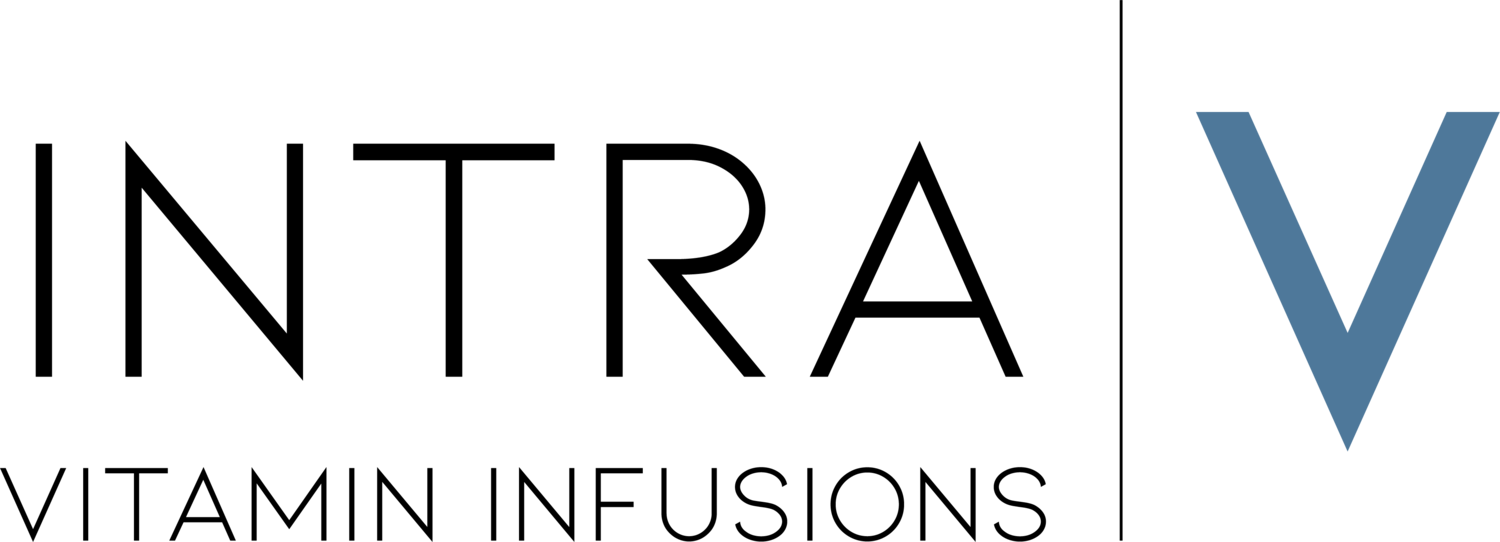Red Light Therapy for Athletes: Enhancing Performance and Recovery
Athletes are looking for ways to improve their performance and speed up their recovery times. From advanced training techniques to specialized diets, the quest for the perfect combination of methods to gain a competitive edge is endless. One emerging therapy that has garnered significant attention in the athletic community is Red Light Therapy (RLT). Known for its non-invasive nature and numerous health benefits, RLT is quickly becoming a favorite among athletes wanting to enhance their performance and recovery.
What is Red Light Therapy?
Red Light Therapy, also known as Photobiomodulation, involves the use of red and near-infrared light to stimulate cellular function. This therapy works by penetrating the skin and being absorbed by the mitochondria, the powerhouse of the cells. This absorption boosts the production of ATP (adenosine triphosphate), which is needed for cellular energy and repair. Increased ATP production helps cells function more efficiently, promoting healing and recovery throughout the body.
Enhancing Athletic Performance with Red Light Therapy
1. Improved Muscle Function
One of the number one benefits of Red Light Therapy for athletes is its ability to improve muscle function. By increasing ATP production, RLT helps muscles contract more effectively and efficiently. This can lead to better performance during training and competition. Athletes who incorporate RLT into their routines often report enhanced endurance and strength, allowing them to push harder and achieve more during their workouts.
2. Faster Recovery Times
Recovery is a key aspect of any athlete's training regimen. Red Light Therapy accelerates the recovery process by reducing inflammation and promoting faster healing of muscle tissues. The increased blood flow to the treated areas helps to deliver essential nutrients and oxygen, which are vital for muscle repair and recovery. This means that athletes can return to their training routines more quickly and with less downtime.
3. Reduced Muscle Soreness
Delayed onset muscle soreness is a common issue for athletes, especially after intense workouts. RLT has been shown to significantly reduce muscle soreness by decreasing inflammation and promoting faster healing of muscle fibers. This allows athletes to maintain their training intensity and frequency without being hindered by pain and discomfort.
4. Enhanced Flexibility and Range of Motion
Flexibility and range of motion are critical components of athletic performance. Red Light Therapy helps to improve these aspects by reducing muscle stiffness and promoting the repair of connective tissues. Athletes who use RLT often find that they have greater flexibility and can perform a wider range of movements with ease, which can enhance their overall performance.
Supporting Overall Health and Wellbeing
1. Improved Sleep Quality
Quality sleep is essential for athletic performance and recovery. Red Light Therapy can help regulate circadian rhythms and promote better sleep quality by increasing the production of melatonin, a hormone that controls sleep-wake cycles. Athletes who get adequate rest are better equipped to handle the physical demands of their training and competitions.
2. Boosted Immune System
A strong immune system is vital for athletes, as it helps to prevent illnesses that can disrupt training and competition schedules. RLT has been shown to boost immune function by increasing the production of white blood cells and enhancing the body's natural defense mechanisms. This means that athletes are less likely to get sick and can maintain their training routines more consistently.
3. Enhanced Mental Focus and Mood
Mental focus and a positive mindset are crucial for athletic success. Red Light Therapy can help improve cognitive function and mood by increasing blood flow to the brain and promoting the release of endorphins, which are natural mood enhancers. Athletes who use RLT often report better concentration, reduced stress, and an overall sense of wellbeing.
Incorporating Red Light Therapy into an Athletic Routine
For athletes interested in incorporating Red Light Therapy into their routines, it is essential to choose a reputable provider and follow a consistent treatment schedule. Sessions typically last between 10 to 14 minutes, and the frequency of treatments vary depending on individual needs and goals.
Red Light Therapy is a powerful tool for athletes looking to gain a competitive edge and improve their overall performance and recovery. By enhancing muscle function, accelerating recovery times, reducing soreness, and supporting overall health and wellbeing, RLT offers many benefits that can help athletes achieve their goals. If you're an athlete looking to take your performance to the next level, consider incorporating Red Light Therapy into your training regimen with the help of Intra-V. Contact us today to learn more and schedule your consultation at.

